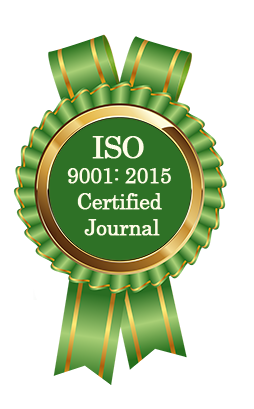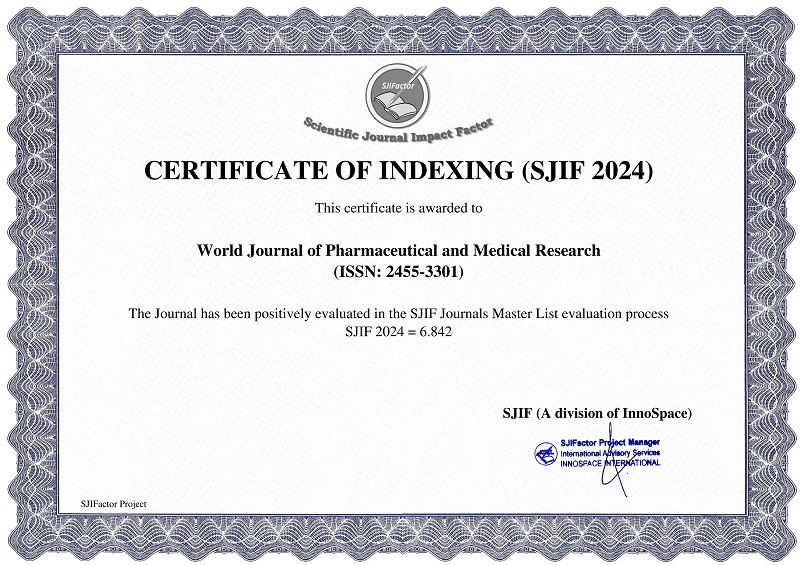FORMULATION AND EVALUATION OF HERBAL SUSTAIN RELEASE TABLET FROM OCIMUM SANCTUM AND GLYCYRRHIZA GLABRA
Nikita N. Salunke*, Assistant Prof. Akashada G. Waghachure, Dr. Nitin P. Jain, Bhavana G. Anap and Rushikesh N. Kolhe
ABSTRACT
This review explores the formulation and evaluation of sustained release tablets incorporating Ocimum sanctum (Holy Basil) and Glycyrrhiza glabra (Licorice), both of which possess notable therapeutic properties. The study highlights the extraction methods of these herbs, the selection of appropriate excipients for tablet formulation, and the techniques employed for evaluating tablet quality and release profiles. Emphasis is placed on the use of hydroxypropyl methylcellulose (HPMC) for controlled release, along with other excipients to enhance stability and bioavailability. The evaluation methods, including physical characterization and in vitro dissolution studies, demonstrate the potential of these herbal formulations to achieve sustained therapeutic effects. The findings suggest that these sustained release tablets could improve patient compliance and efficacy of herbal treatments, warranting further clinical investigation. Coughing serves as a protective mechanism for the body, particularly during conditions such as the common cold, which can lead to the formation of phlegm in the respiratory system. Prompt treatment is essential to alleviate symptoms. Traditional pharmaceutical formulations, such as syrups and solutions, often face challenges related to bioavailability, dosing frequency, and stability. To address these issues, matrix tablets have been developed. Matrix tablets utilize polymers to retard the release of the active pharmaceutical ingredient (API), providing a prolonged therapeutic effect. This controlled release reduces dosing frequency, potentially decreasing it to one-third of that required for liquid formulations like syrups. The herbal nature of the API minimizes side effects, further enhancing patient compliance. In the formulation process, herbal extracts are mixed with excipients, including polymers, diluents, fillers, and lubricants. The direct compression technique is employed for tablet formulation, and both pre- and post-compression parameters are evaluated against established standards. The formulations successfully met all physical and pharmaceutical criteria, indicating their viability as an effective alternative to traditional cough treatments. This innovative approach may improve patient outcomes in managing respiratory conditions.
[Full Text Article] [Download Certificate]



